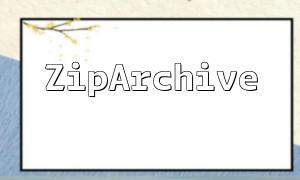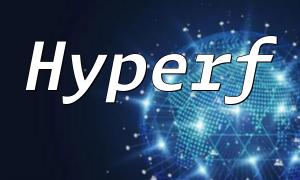With the growing need for secure communication in web applications, protecting sensitive data during transmission is more important than ever. In this guide, you'll learn how to combine PHP with the SOAP protocol and implement AES encryption and decryption to secure data effectively.
SOAP (Simple Object Access Protocol) is an XML-based messaging protocol widely used in web services. It allows different platforms and systems to communicate seamlessly. In PHP, SOAP can be handled using built-in extensions, and since it uses HTTP or HTTPS for transport, it's well-suited for secure communication over encrypted connections.
PHP supports AES encryption through the OpenSSL extension, using functions like openssl_encrypt and openssl_decrypt. These tools make it straightforward to implement secure data encryption.
Here’s a complete example using AES-256-CBC:
// Define encryption key
$key = "0123456789abcdef";
// Encryption function
function encrypt($data, $key) {
// Generate random IV
$iv = openssl_random_pseudo_bytes(openssl_cipher_iv_length('aes-256-cbc'));
// Encrypt data using AES
$encrypted = openssl_encrypt($data, 'aes-256-cbc', $key, 0, $iv);
// Combine IV and encrypted data
$result = base64_encode($iv . $encrypted);
return $result;
}
// Decryption function
function decrypt($encryptedData, $key) {
// Decode base64
$decoded = base64_decode($encryptedData);
// Extract IV
$ivLength = openssl_cipher_iv_length('aes-256-cbc');
$iv = substr($decoded, 0, $ivLength);
// Extract encrypted content
$encrypted = substr($decoded, $ivLength);
// Decrypt using AES
$decrypted = openssl_decrypt($encrypted, 'aes-256-cbc', $key, 0, $iv);
return $decrypted;
}
// Encrypt and decrypt demo
$originalData = "Hello, world!";
$encryptedData = encrypt($originalData, $key);
$decryptedData = decrypt($encryptedData, $key);
// Output results
echo "Original Data: " . $originalData . "\n";
echo "Encrypted Data: " . $encryptedData . "\n";
echo "Decrypted Data: " . $decryptedData . "\n";
When you run the above script, you’ll get an output similar to the following:
Original Data: Hello, world!
Encrypted Data: XE5TLrULHYZSNrBFI9Wm6+nViAHlyV6W2/5sevjpa3w=
Decrypted Data: Hello, world!
In this example, a symmetric key is defined for both encryption and decryption. A random Initialization Vector (IV) is created to strengthen the security of the encryption. The IV and encrypted string are then combined and base64-encoded. On decryption, the IV is extracted, and the data is restored using the same key.
While this example is simple, in production environments it's recommended to:
Store encryption keys securely (avoid hardcoding them in source code)
Always use HTTPS when transmitting SOAP requests
Implement additional verification like digital signatures or certificates
Add authentication and access control between endpoints
By combining PHP’s OpenSSL extension and the SOAP protocol, developers can implement strong encryption for secure data transfer. AES provides high-performance encryption with strong security, making it ideal for protecting sensitive data in real-world web applications.









